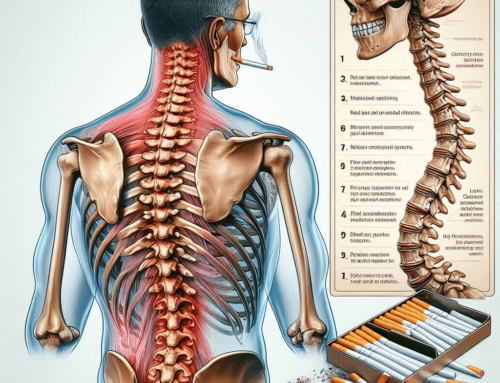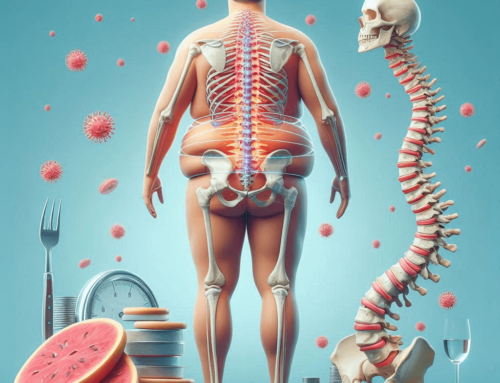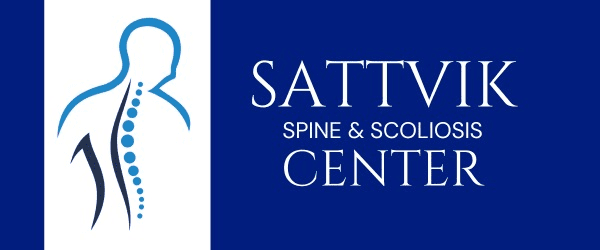Introduction
In the realm of spine health, myths and misconceptions abound. Separating fact from fiction is essential for making informed decisions about your spinal well-being. In this article, we’re setting the record straight by debunking some of the most common spine health myths. With the guidance of experts, including insights from Dr. Yogesh Pithwa, the Best Spine Surgeon in Bangalore, we’ll unveil the truth behind these myths and equip you with accurate information for a healthier spine.
Myth: Resting is the Best Solution for Back Pain
The Truth: Staying active and engaging in gentle exercises can often alleviate back pain more effectively than prolonged rest.
The misconception that rest is the ultimate solution for back pain can lead to prolonged discomfort. In reality, gentle movements and exercises can promote blood circulation, reduce muscle stiffness, and improve healing.
Expert Insight: Dr. Yogesh Pithwa emphasizes that maintaining some level of activity is essential to prevent muscles from weakening and contributing to chronic pain.
Myth: Poor Posture Only Affects the Back
The Truth: Poor posture can impact the entire body, including the spine, shoulders, neck, and hips.
While poor posture might seem harmless, it can have a domino effect on various body parts. Slouching or slumping can misalign the spine and lead to muscle imbalances, affecting multiple areas.
Expert Insight: Dr. Yogesh Pithwa explains that poor posture can contribute to musculoskeletal issues beyond just back pain, including headaches and joint discomfort.
Myth: Lifting with Your Back is Safe if You’re Strong
The Truth: Lifting with your back instead of your legs increases the risk of injury, regardless of strength.
Even if you’re physically strong, lifting heavy objects with your back instead of your legs puts excessive strain on the spine’s delicate structures. This can lead to herniated discs, muscle strains, and long-term issues.
Expert Insight: Dr. Yogesh Pithwa advises using proper lifting techniques, engaging your leg muscles, and keeping the object close to your body to minimize spinal stress.
Myth: Stretching is Only Necessary Before Exercise
The Truth: Regular stretching, both before and after exercise, promotes flexibility and prevents injury.
Stretching shouldn’t be limited to pre-workout routines. Incorporating regular stretching into your daily routine enhances flexibility, improves circulation, and reduces muscle tension, ultimately supporting spine health.
Expert Insight: Dr. Yogesh Pithwa suggests incorporating dynamic and static stretches into your daily routine to maintain suppleness in muscles that support the spine.
Myth: Back Pain Only Affects Older Individuals
The Truth: Back pain can affect individuals of all ages due to various factors such as lifestyle, occupation, and genetics.
While back pain is more commonly associated with aging, it can affect individuals across all age groups. Lifestyle choices, posture, physical activity, and genetics play significant roles in back health.
Expert Insight: Dr. Yogesh Pithwa highlights the importance of early intervention and preventive measures, regardless of age, to maintain a healthy spine.
Conclusion
Debunking common spine health myths is a step toward better understanding and proactive care. By uncovering the truth behind these misconceptions and embracing expert insights, you can make informed choices for a healthier spine. Remember, accurate knowledge is the foundation of optimal spinal well-being.











Get Social